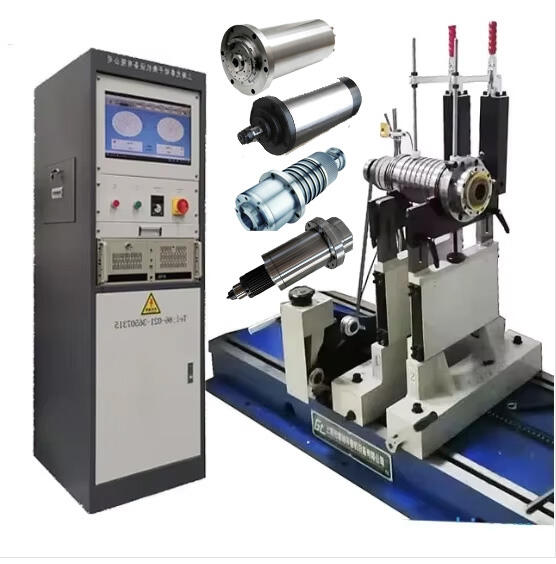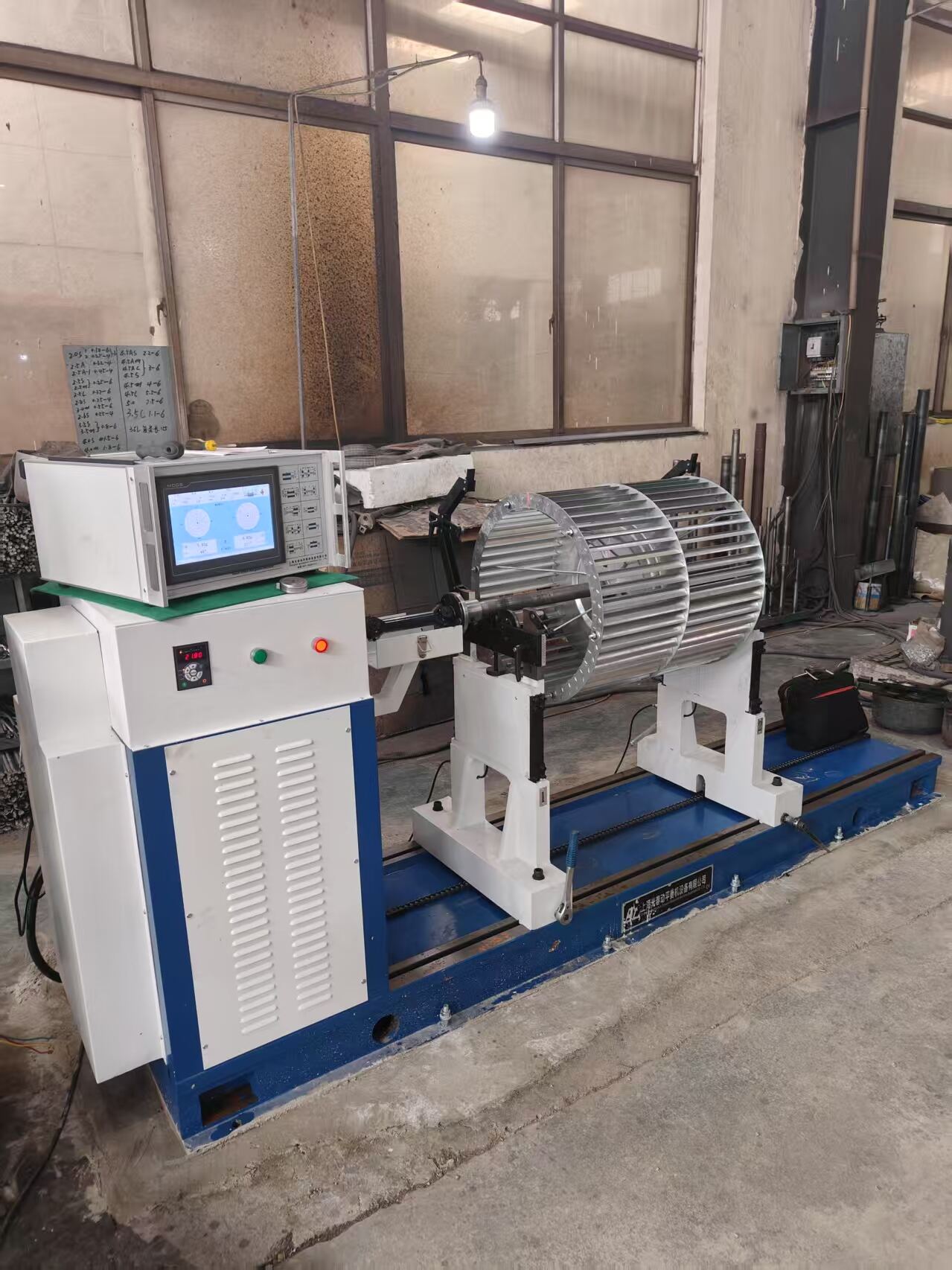dynamic rotor balancing
Dynamic rotor balancing is a critical industrial process that ensures rotating machinery operates at peak efficiency and reliability. This sophisticated technique involves measuring and correcting the mass distribution of rotating components to eliminate vibration-induced problems. The process utilizes advanced electronic equipment to detect imbalances while the rotor spins at operational speeds, providing real-time data for precise corrections. The technology employs specialized sensors that measure vibration amplitude and phase angle at various speeds, allowing technicians to determine exact locations where weight needs to be added or removed. Dynamic balancing is essential for various applications, from small electric motors to large industrial turbines, ensuring smooth operation and extended equipment life. The process considers both static and couple imbalances, addressing issues that static balancing alone cannot resolve. This comprehensive approach makes it invaluable for maintaining high-speed machinery, where even minor imbalances can cause significant problems. The technology has evolved to incorporate computer-assisted analysis, enabling more precise measurements and corrections than ever before. This advancement has made dynamic rotor balancing an indispensable tool in modern manufacturing and maintenance operations.


